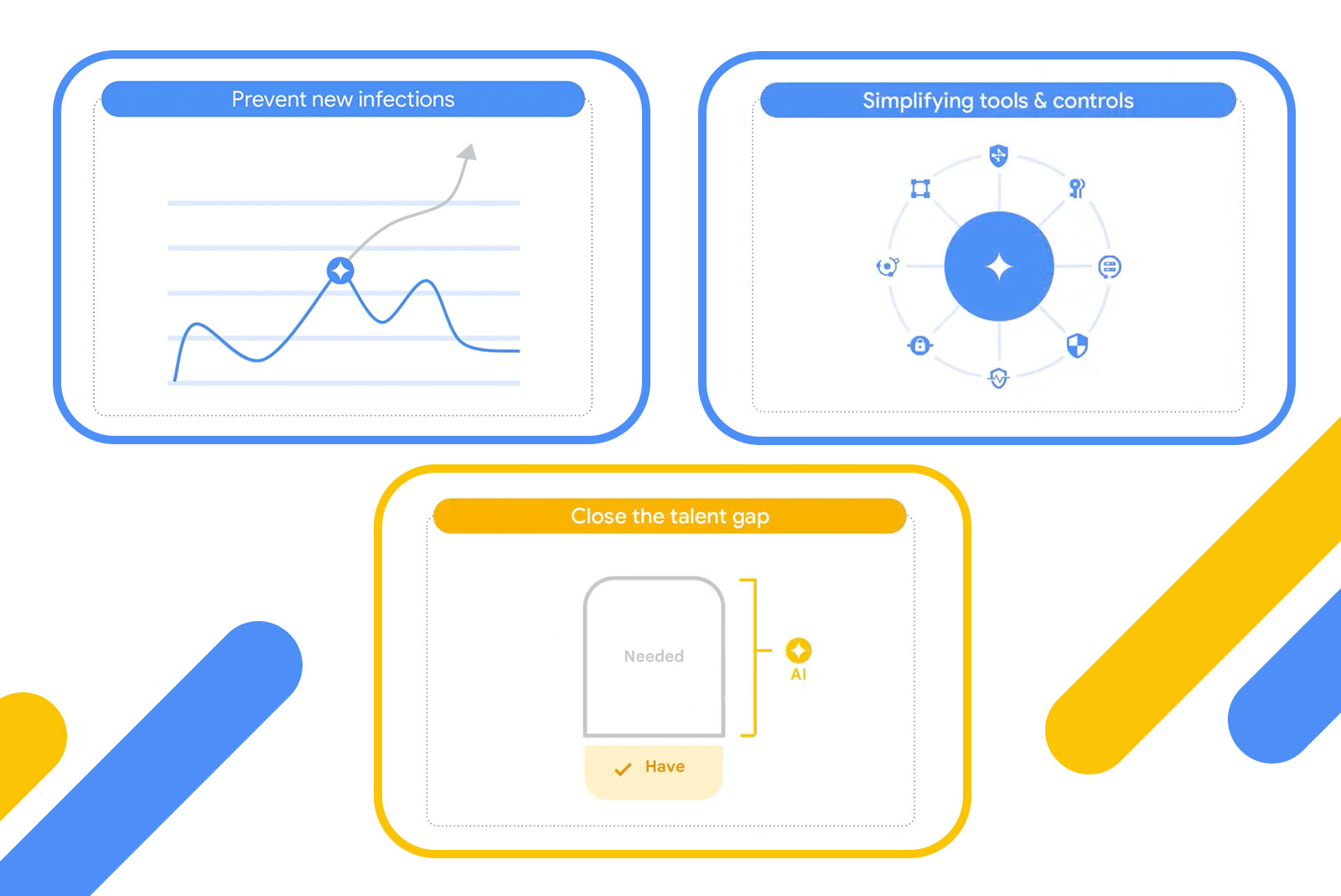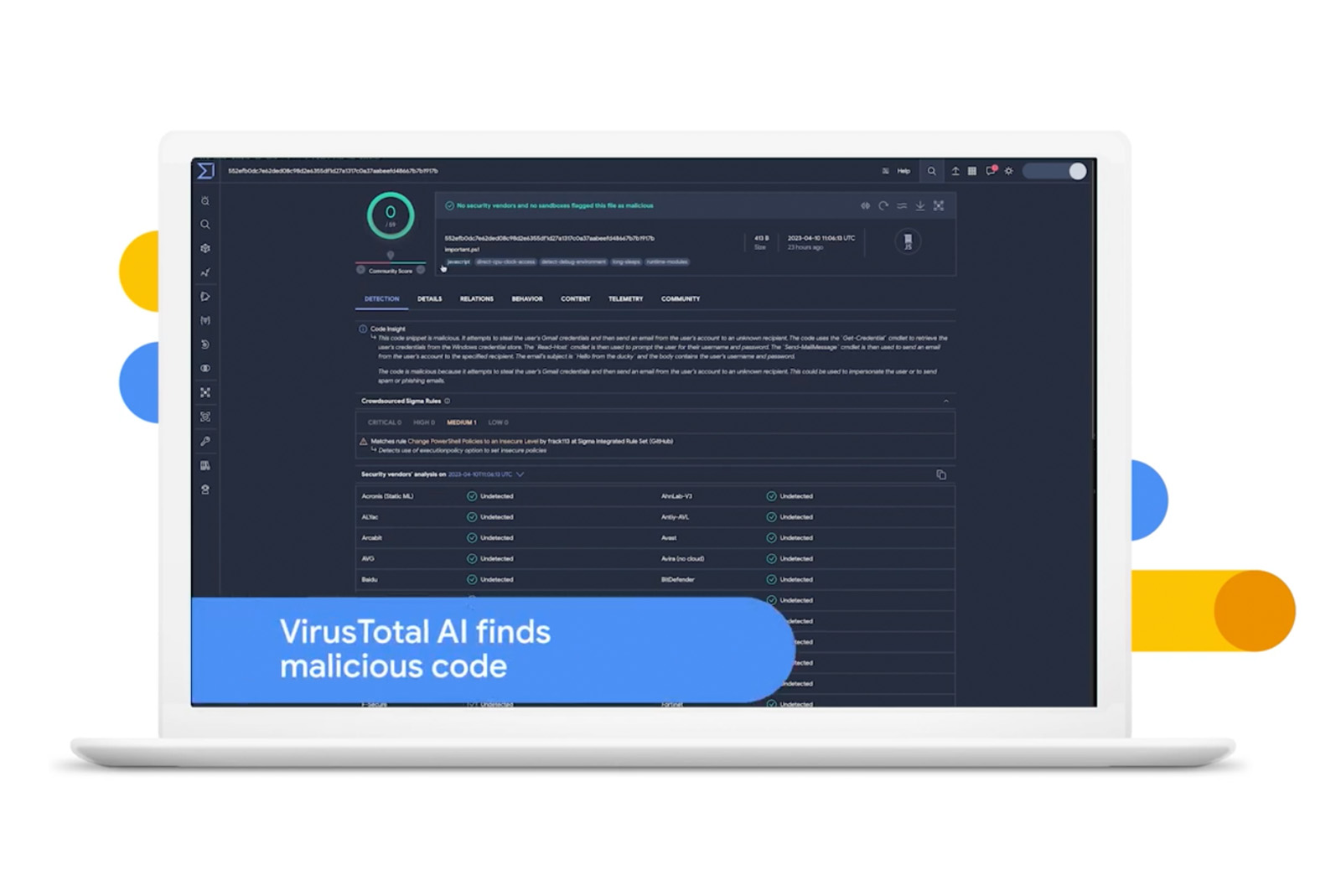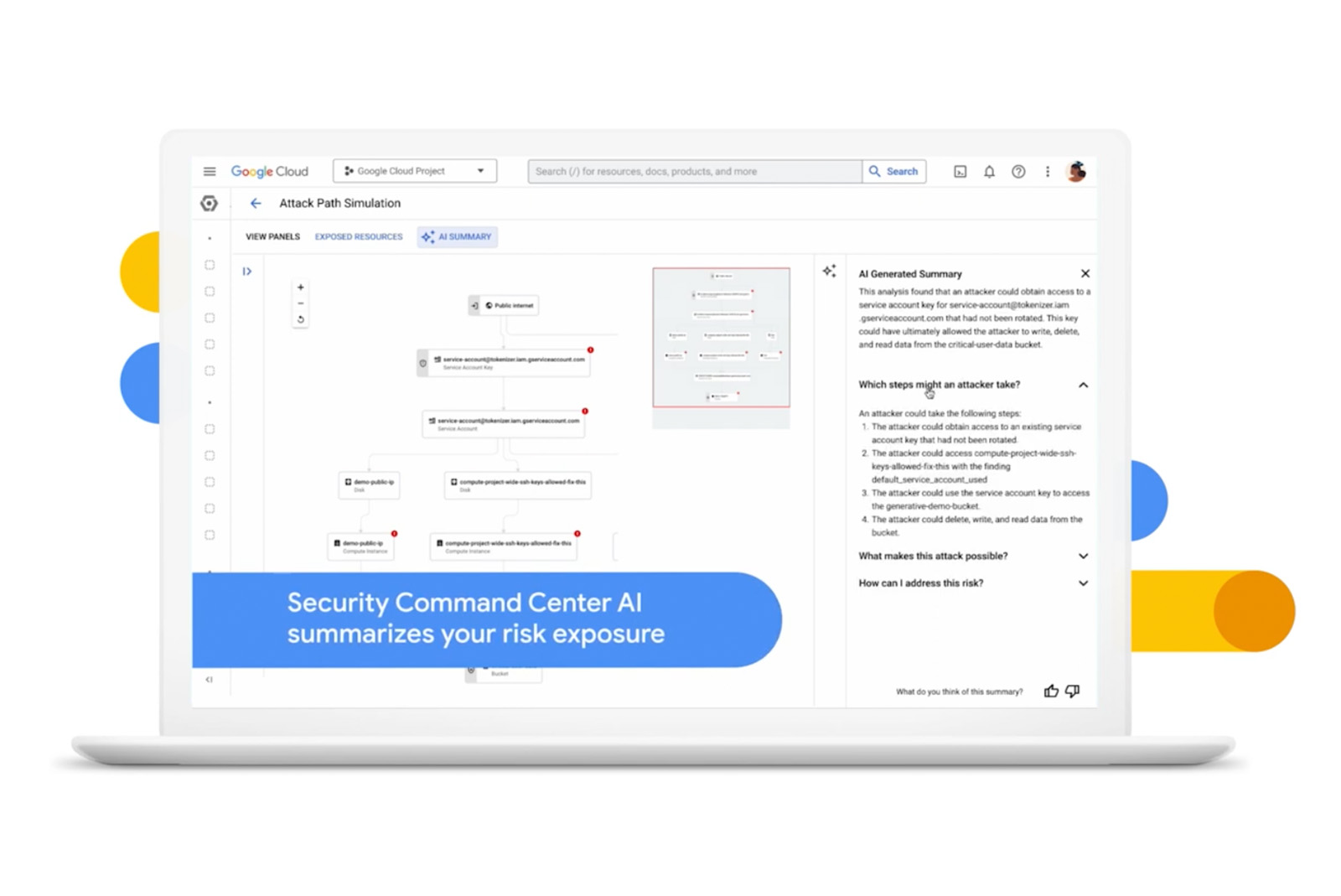Recent advances in artificial intelligence (AI) are helping security professionals be better and more effective at what they’re already doing. As cyberattacks rise in frequency and complexity, AI-powered tools offer valuable assistance for defenders in situations where time is of the essence.
Ensuring these tools are deployed responsibly is an essential piece of the Secure AI Framework, which aims to collaboratively secure AI technology. Through partnerships with the National Institute for Standards and Technology (NIST) and International Organization for Standardization (ISO) as well as efforts to identify vulnerabilities through AI “red teaming,” AI is playing a central role in ongoing conversations about cybersecurity.
Why this matters: AI has already started a cybersecurity transformation. But unclear industry standards and a shortage of 650,000+ security professionals in the U.S. have underscored the need for AI solutions that can help improve current systems and offer additional protection of national interests. Here are three ways AI is setting a new standard in cybersecurity:



